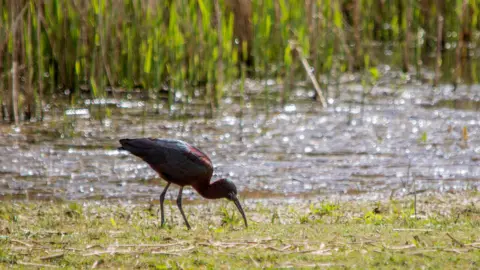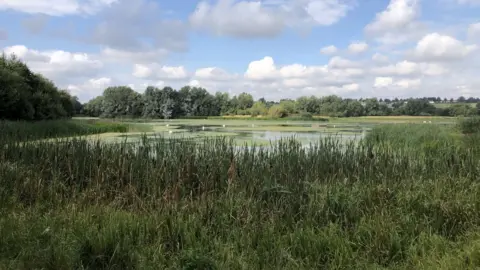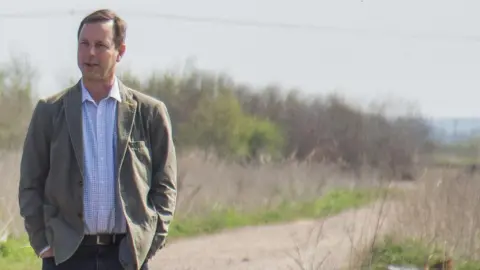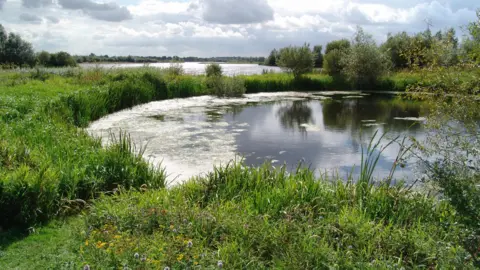Experts warn of heatwave stress on wildlife
 Holly Wilkinson
Holly WilkinsonAn environmental expert has warned that the third predicted heatwave across the country will add stress to animals, plans and inspects.
Temperatures are set to reach highs of 34C on Friday and possibly Saturday with the sweltering temperatures continuing into early next week.
Dr Kevin Collins, a senior lecturer of environment and systems at the Milton Keynes-based Open University, said wildlife felt "stressed by heat that changed their behaviour on a daily basis - they need to seek shade.. and better access to water and food.
"Birds, in really hot weather, will fly less, which means they're not accessing food, not hydrating properly, which weakens them and causes disease and mortality."
Dr Collins said said some species, like ants, thrived in the warm weather and then became a good food source for woodpeckers.
But to help species thrive, he said, "we must make sure we have space and pathways for animals and species to move through so they can find their own niches that suit them."
 Nick Shelton
Nick SheltonHe said bumble bees will fly less and even if they "get to plants, the plants will also be under stress and may not be producing as much nectar, so when the bumble bee arrives its food source may not be available".
Food being produced early, due to climate change, could also impact endangered species like dormice, he said, who reply on certain foods like tree nuts and berries to eat in autumn. They would otherwise go into winter in ill health, impacting on the population for the "following years".
 Holly Wilkinson
Holly WilkinsonMatt Jackson, conservation director at the Bedfordshire, Cambridgeshire and Northamptonshire Wildlife Trust, said there were both short and long term impacts of the heat on wildlife.
"The short term impacts are we can see things happening so much earlier in the year – things are happening 10 or 15 days earlier than we would have expected even only 20 years ago," he said.
"Things like bird breeding, insects emerging, even the flowers emerging in the woodlands are starting to happen a good few weeks earlier than they used to.
"We're getting new species moving into the area, coming from the south east."
With more animals "out of sync", he added, some birds did not have the right amount of food to feed their young.
"We think drought is now the biggest threat to nature reserve management across the country," Mr Jackson said.
"It is changing the way our nature reserves work and we're having to try and work out how to adapt to that."
He said at the Summer Leys Nature Reserve, in Northamptonshire, glossy ibis and egrets have been seen.
"They were something you would go abroad [to see] when I was a kid," he said.
 Nathalie Hueber
Nathalie HueberFollow Northamptonshire news on BBC Sounds, Facebook, Instagram and X.
